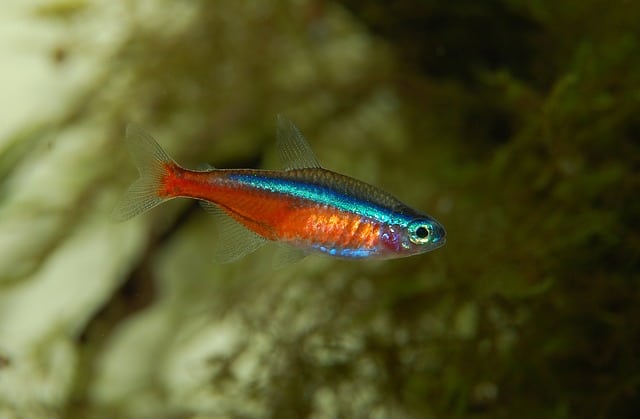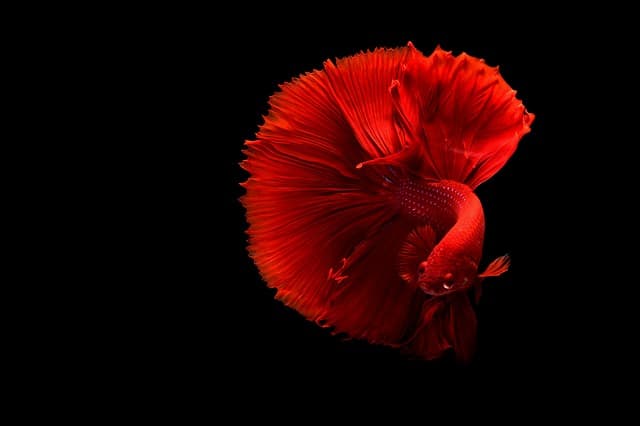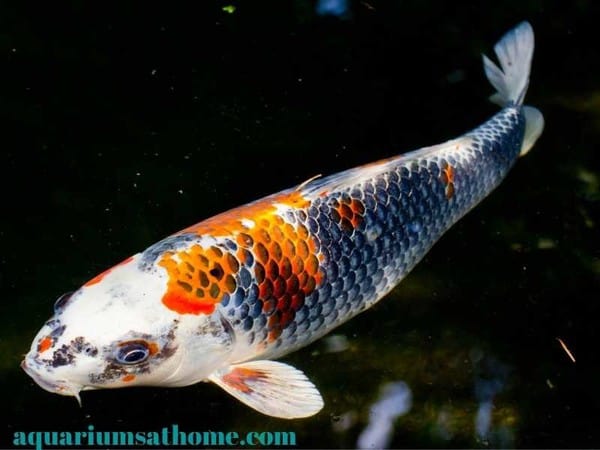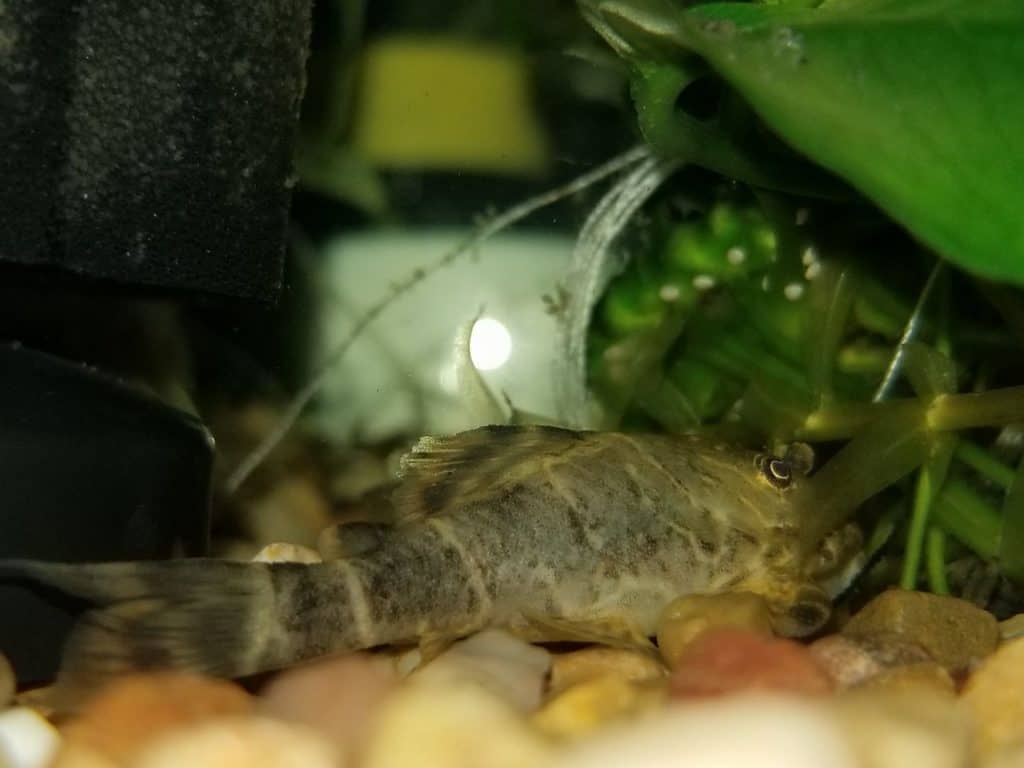Koi are highly popular in the aquarium hobbyist world. They’re a colorful type of ornamental carp fish that originated centuries ago in Japan. Now raised worldwide, many people are intrigued by this large, active freshwater fish. If you’re one of them, you may be curious as to how long it takes for Koi to grow to full size? Well, I have the answer for you below…
When properly cared for and in the right aquatic conditions, koi fish can grow almost an inch per month – or up to 9 inches by the end of the first year! At the age of 3, healthy koi can reach full adult length of 20 inches or more in captivity, depending on their species and genetic susceptibility.
Now that you know koi fish grow to be very big, very fast, let’s take a closer look at this topic. As we move through this article together, I’ll explain how large they can get under the proper environmental conditions, how to get them to grow faster, and what to do if their growth seems to be stunted. I’ll even outline the ideal water conditions for healthy, happy koi fish.
So, if you want to learn more about koi fish growth rates in captivity, then please read onward.
How Big Do Koi Fish Get?
How big koi fish get is dependent upon their species or genetic makeup and the type of aquatic conditions they live in. Domestic koi, for example, usually grow between 12 and 15 inches in length. Japanese koi can reach sizes of 22 to 26 inches and jumbo koi can grow to be a whopping 36 inches!
How Fast Do Koi Grow in a Year?
If well care for and kept in a large aquatic area with the proper water parameters, healthy koi fish will grow at least ½ inch per month or more. In the first year, they can grow upwards of 8 or 9 inches. By the third year, they usually reach full adult size – anywhere from 12 to 36 inches depending on the species.
How Long Does It Take for Koi Fish to Grow to Full Size?
Koi fish grow very large, very quickly compared to other types of captive freshwater fish. On average, it takes koi approximately 3 years to reach full adult length. Most are predisposed genetically to grow to massive lengths under the right environmental conditions.
Typically, the larger and warmer their aquatic surroundings, the bigger they get! If kept in a 75-degree Fahrenheit outdoor pond that’s at least 3 feet deep and containing at least 50 gallons of water per fish, domestic koi can grow to about 15 inches, depending on their overall health and how many you have.
How Can I Make My Koi Grow Faster?
Koi fish need a large, warm habitat and high-quality food to grow bigger, faster! Even with proper care and a well-maintained environment, koi will only grow as big as their genetic disposition allows them. In short, their ‘family tree’ may limit both their size and growth rate, no matter the physical circumstances.
The best way to ensure faster growth rates is to keep koi fish is a big aquarium or a heated pond. While a 30-gallon tank will work for young koi, they’ll need to be moved to something bigger as they age. The recommendation is at least 50 gallons of water per koi fish.
Feeding young koi fish a well-balanced diet will also improve their rate of growth. Commercial flake or pellet foods supplemented with fruits, vegetables, brine shrimp and blood worms (as koi are omnivores and need both plants and meat to thrive) will provide them with all the essential nutrients they need.
Do Koi Grow to the Size of Their Tank?
Contrary to popular belief, koi fish don’t grow to fit their environment. In other words, a koi fish that’s genetically predisposed to a be 15 inches long and no more, won’t grow any bigger in an outdoor pond as opposed to an indoor tank.
The only factor affected by the temperature and quality of the water as well as the size of the aquatic habitat is the rate of growth. Koi fish will grow faster under ideal physical conditions – not to mention be healthier and live longer too.
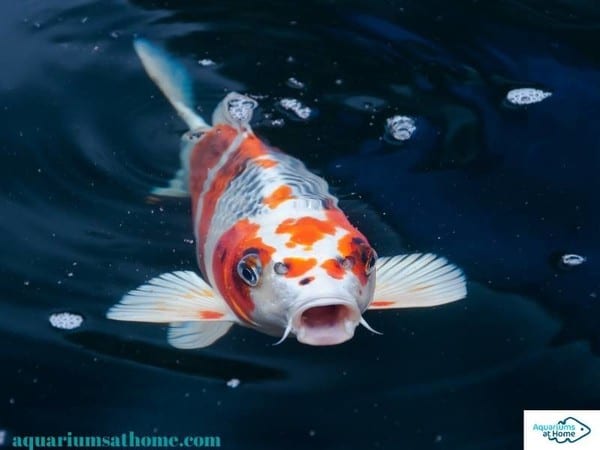
Why are My Koi not Growing?
If your koi aren’t growing to their full potential, it’s likely due to anxiety or illness. This species naturally emits a pheromone which inhibits growth when the fish is stressed or sick. Poor water conditions, bacterial or parasitic infections, overcrowding, and competition for food can all cause stunted growth.
Your best bet is to test the water for ammonia and nitrites as well as other toxic compounds such as decaying plant and fecal matter. Then, perform a weekly water change – for smaller ponds under 5,000 gallons, remove 10 to 15 per cent; for larger ponds over 5,000 gallons, take out 5 to 10 per cent.
If after testing the water and doing regular water changes your koi fish still aren’t growing, you’ll need to examine the dynamics of their environment – are some fish acting aggressively; are some fish not eating; do some fish have open sores or ulcers; does the tank or pond seem to be too small; etc.
What are the Best Water Conditions for Koi Fish Growth?
Habitat plays a major role in both the health and growth rate of koi fish. Water that contains a variety of well-balanced minerals (not distilled or reverse osmosis) is recommended. In addition, tap water should always be treated with a dechlorinating agent first. The ideal aquatic conditions for koi fish in captivity include the following:
- a temperature of 65 degrees Fahrenheit or higher – koi fish will grow faster in warmer water and should be kept in a pond or tank with a heater to keep the temperature as consistent as possible (preferably somewhere between 65 and 75 degrees Fahrenheit).
- a pH level between 7.0 and 8.5 – a moderate to high alkalinity level (like that found naturally in their bloodstream) is best for koi fish, who will ultimately get sick and die if the pH drops too low (6.0 or less).
- an ammonia level of 0.00 ppm (parts per million) – no ammonia at all in the water is best for koi health. However, if it measures at 0.010 or 0.015, this should still be okay, provided the pH stays below 8. Should the pond or tank reach a level of 0.25 ppm or higher, your fish will not live long.
- a salinity factor of 0.1% or lower – since koi are a type of freshwater fish, too much salt can kill them. Therefore, adding a miniscule amount of non-iodized or pond salt to the water is all you need to neutralize toxicity and boost fish immunity.
- a planted aquatic environment – live plants in a tank or pond help increase oxygen production as well keep the water properly aerated for koi fish. Since koi are omnivores, emergent plants like cattails, lilies and lotus flowers also provide a source of food.
**Check out these water conditioners you can use for a koi fish pond or tank over on Amazon**
How Big should a Koi Tank be?
For optimal koi fish growth, an aquarium must hold at least 30 gallons of water – though bigger is better. Since koi grow quickly and get to be quite large, an indoor tank is only suitable for juveniles during their first year of life. Once they reach lengths of 8 inches, they should be moved to a big pond outdoors.
How Big should a Koi Pond be?
On average, a koi pond should contain at least 1,000 gallons of water and be no less than 3 feet deep. The rule-of-thumb tends to be 50 gallons of water per fish. For optimal health and growth, koi should be moved from an indoor aquarium to a heated outdoor pond once they reach a size of 8 inches long.
Conclusion
To conclude, with the proper food and under the right aquatic conditions, healthy koi fish can grow almost an inch per month in their first year of life. By the time they reach the age of 3, koi fish in captivity – depending on their species and genetic disposition – can grow upwards of 20 inches!
Hopefully, this article has answered your questions regarding koi fish growth in captivity. Thanks for reading and good luck with your freshwater aquarium hobby!
Related Posts
Can Koi Fish Live in a Tank and Survive
Why Do Koi Fish Lose Their Scales?
How Long Can Koi Fish Go without Eating?



